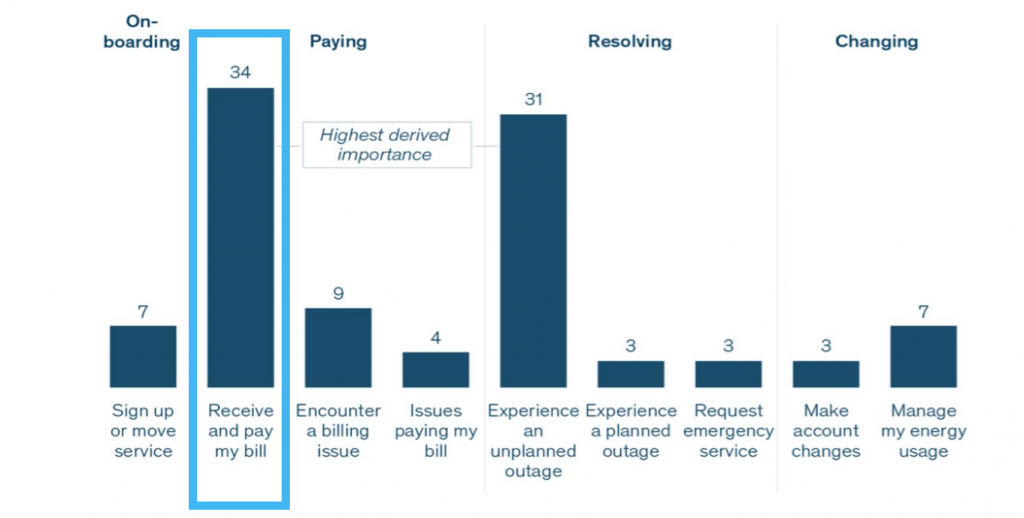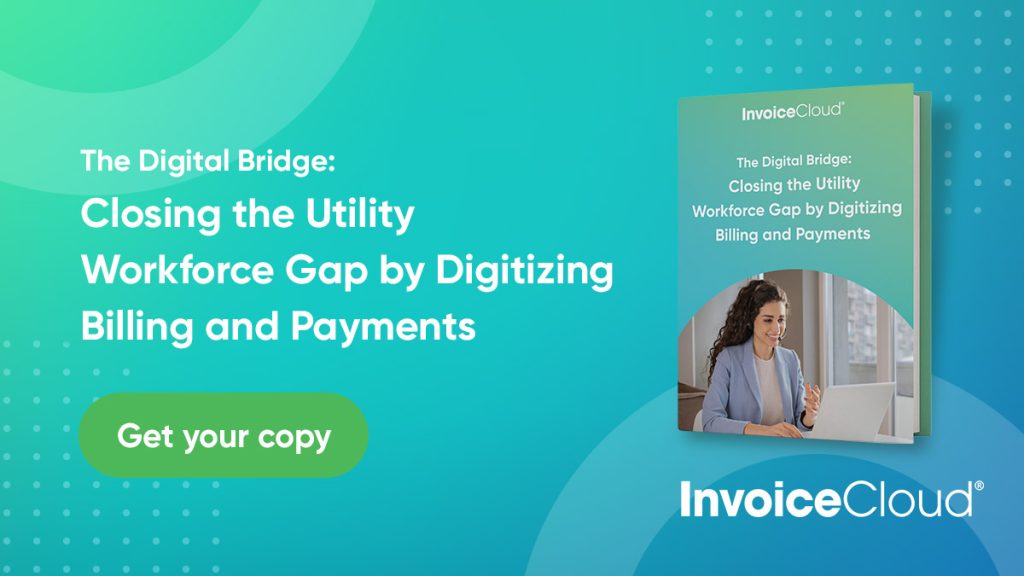The utility workforce is facing a significant challenge due to a combination of factors. The Great Resignation, a trend in which nearly 57 million Americans left their jobs for more fulfilling work and improved work-life balance, has had a profound effect on various industries. Unfortunately, the utility sector is now facing another challenge coming down the pike — a wave of retirements expected in the next few years.
According to the 2020 U.S. Energy & Employment Report, 50% of the utility workforce will be eligible to retire by 2025. Compounding the problem is the lack of interest among younger generations in more traditional industries, making it increasingly difficult to attract new talent. Utility providers must recognize that the talent shortage is here to stay, and failure to address it will put immense pressure on their day-to-day operations.
Increased Workloads are Disrupting Internal Processes
One immediate consequence of reduced staffing is increased workloads for the remaining employees. With fewer resources to rely on, existing internal processes are likely to be disrupted, opening utility organizations up to errors or lapsed customer relationships. Not to mention the toll increased workloads can have on remaining employees, which can prove dangerous for employee retention during a time when providers are already short-staffed.
This situation becomes especially challenging when manual work is involved. For example, billing and payment processes can consume hours of valuable work time, which cannot be neglected without risking revenue streams. Unfortunately, spending excessive time on these tasks can divert staff from other critical responsibilities, putting utilities in an impossible spot — do they put important projects on the backburner so staff can keep the wheels turning with sending out bills, processing payments, chasing down delinquent payers, and handling service shutoffs?
Missing the Mark on Customer Expectations
In today’s age of intuitive, digital consumer experiences, the bar for meeting customer expectations is higher than ever, even in the utility space. Improving and maintaining utility customer satisfaction is a major priority for providers – makes sense, considering customer satisfaction (CSAT) can dictate everything from call volumes and other operational efficiencies to J.D. Power scores. Falling behind these CX expectations leaves the door open for increasingly dissatisfied customers. Utility providers must strive to meet these demands, even with limited resources and a looming staffing shortage.
There are some areas that are most volatile for rousing customer frustrations. In a 2021 study, McKinsey & Company determined the answer to that critical question: what’s the most important touchpoint in a utility customer’s journey? After surveying a sample size of utility customers on their preferences and the performance of their utility provider, the answer was resoundingly, “receive and pay my bill.”

Manual processing of payments can lead to delays, resulting in late payments, duplicate bills, and even service disruptions due to non-payment. These inefficiencies frustrate customers, damage relationships, and again, contribute to inefficiencies and a negative impact on employee morale.
How Providers Can Address the Utility Workforce Gap
In this critical period where customer expectations are at an all-time high, and staffing levels are at an all-time low, utilities must optimize their valuable human resources. Automation of manual tasks and processes becomes paramount, especially in areas that directly impact customer satisfaction. It’s important to note that it’s not just understaffed organizations facing these challenges; even providers with full teams can struggle to manage the volume of daily manual tasks, leaving room for errors and inconsistencies.
By digitizing billing and payments, providers can leverage technology to bridge the workforce gap, improve operational efficiency, provide a positive working environment for staff, and keep CSAT scores high. Automated systems not only streamline processes but also reduce errors and delays, ensuring timely and accurate service for customers.
To learn more about the strategies for closing the utility workforce gap through strategic digital transformation, download our free ebook, “The Digital Bridge: Closing the Utility Workforce Gap by Digitizing Billing and Payments.”

